How to grow leafy celery from seeds
Leaf celery - growing this plant does not take much time and effort, caring for it is not so difficult, and the benefits are very significant. The plant contains many minerals and vitamins. Celery is a good antioxidant, so it is recommended for people with metabolic disorders, as well as for hypertensive patients.
In addition to the leafy species of this plant, there are also root and petiole ones. However, fresh, leafy celery is best for making salads. This particular variety is rich in essential oils and is often grown for its lush, pleasantly scented greenery.
Before planting this plant in your country house, you need to find out some features, namely:
- the seeds of this culture are very small;
- when grown from seeds, celery leaf does not show a very high percentage of germination.
Advice
Due to the insignificant percentage of germination, the purchase of seeds should be approached very carefully. It is recommended to purchase the seeds of this plant only in specialized stores. It is desirable that they be packaged by the firm that has already formed a favorable impression. Otherwise, it may happen that the purchased seeds will not germinate, and there will be no time for re-planting.
Before planting, it is worth checking the expiration date of the seeds. If it has already expired, the germination rate will drop significantly, despite proper care.
Technology and features of planting leaf celery
Planting celery can be done in two ways.
- The plant is sown with seeds directly into the ground. In this case, you should not expect large harvest volumes.
- Seedling method. It should be taken apart in more detail.
With the seedling method, planting seeds begins at the end of March. Around this period, you need to soak the seeds at home for a couple of days in water. After that, you should dry them, then mix with sand and start sowing. Planting seeds initially is best in peat cubes. The first shoots should be expected in about 15-20 days. At this time, it is desirable that the room temperature is maintained at 25 degrees Celsius.
When 2-3 true leaves appear on the celery, the plants can be transplanted into a film greenhouse. Seedlings should be planted at a distance of 5-6 cm from each other. At this time, the seedlings must be watered with water at room temperature.
Many gardeners are interested in when to plant celery in the ground. In both the first and second planting methods, celery is planted in open ground in mid-May. At this time, the soil warms up to about 12-15 degrees Celsius. Optimum air temperature for planting celery in the open field - about 20-25 degrees Celsius.
Advice
For planting, it is best to purchase seeds that have a different ripening period. In this case, you can cut fresh celery throughout the season.
How to prepare the soil for planting
To obtain a bountiful harvest of leaf celery, you need to worry in advance about the quality of the soil where the plant is supposed to be planted. It will be right to choose a site for planting celery in the fall. At this time, it should be dug up to a depth of half a meter and saturated with humus. The best predecessors of this plant are cucumber, potatoes and cabbage.
In the spring, before planting celery, the garden should be dug up again, while fertilizer can be added to the soil.Loose, well-drained and fertile soils that retain moisture are favorable for this plant. It is desirable that the acidity of the soil is neutral. If the soil in which it is supposed to plant celery is acidic, then lime should be added to it before planting.
The beds where this culture will be planted is best placed in sunny, open places. However, the plant also feels good in the shade. You should not plant this crop next to parsnips, because in this case there is a risk that both plants will suffer from the celery fly.
Leaf celery care
This is an extremely moisture-loving crop, so it needs to be watered abundantly and regularly. You can use up to 5 liters of water per square meter. You should also regularly weed and loosen the soil around the plants.
As this culture grows in the open field, the planting must be thinned out. The weakest shoots should be removed. After the thinning procedure, the distance between the plants should be about 15-20 cm.
During one season, plants must be fed 2 times. The first time feeding should be done after 2 weeks from planting in open ground, and the second time after 3 weeks from planting. It is necessary to feed this plant with potassium and nitrogen in equal proportions.
It is also necessary to timely take measures aimed at protecting the plant from diseases and pests. Most often, this culture is affected by diseases that are caused by bacteria, fungi and viruses. Moreover, if it is supposed to use fresh celery leaves, then it is not recommended to use chemical preparations to protect it.
Of the diseases of this culture, leaf spot is often found: brown-yellow spots begin to appear on them. At the same time, the affected areas of the plant darken and become covered with bloom. Such a disease is transmitted with seeds, and because of this, it is recommended to pickle them in a formalin solution before planting. For etching, it is recommended to place the seeds for half an hour in a warm formalin solution, and then hold them under burlap at room temperature for 3 hours.
Leaf celery propagates only with the help of seeds.
Popular varieties of leaf celery
Let's list the most successful and new varieties.
- "Kartuli".
It is a variety of Georgian selection, it grows well when grown from seeds. The first greens can be cut off already 65 days after the emergence of small shoots. In summer, the growing greenery can be cut more than once. The plant has an erect rosette, odorous leaves and dark green stems. This variety is resistant to cold temperatures and dry weather. Leaves of the "Kartuli" variety are good both dried and fresh. The variety does not require any special care.
- "Samurai".
A feature of this variety is curly greens. It can be cut off already 75 days after the first shoots. Caring for the crop of this variety is simple. The plant forms medium-sized leaves with corrugated edges. This variety has a strong aroma and excellent taste. It is widely used in cooking, and is used both fresh and dried.
- "Tender".
This is a medium ripeness variety. Produces a good harvest when grown from seed in soil. Leaves are of medium length. The culture of this variety has many side shoots. The greens are very fragrant, dark green in color.
- "Cheerfulness".
Celery of this variety is very tall. Its leaves are shiny, strongly dissected. This variety does not require complex care and is not afraid of low temperatures. Resistant to dry weather. Greens from him can be cut off more than once a season. When this celery variety is dried, it emits a pleasant aroma throughout the room.
- "Zakhar".
The first crop of this variety can be harvested 105 days after planting the seeds.The harvest is richer than that of other leafy varieties. New greens after pruning old ones appear quickly enough. Forms delicate leaves with a persistent and pleasant aroma. This variety of leafy celery is very fond of using fresh.
Outcome
Although planting and growing celery requires knowledge of certain nuances, the efforts expended are fully justified. If you take proper care of the plant, you can get a good harvest of fresh celery. Leaf celery can be used in a wide variety of dishes. For example, add to soups or salads.
Unfortunately, in the gardens of our country, this plant did not find such popularity as dill. However, new varieties of celery are attracted by their characteristics to gardeners, and recently this plant is found in gardens and dachas more and more often.

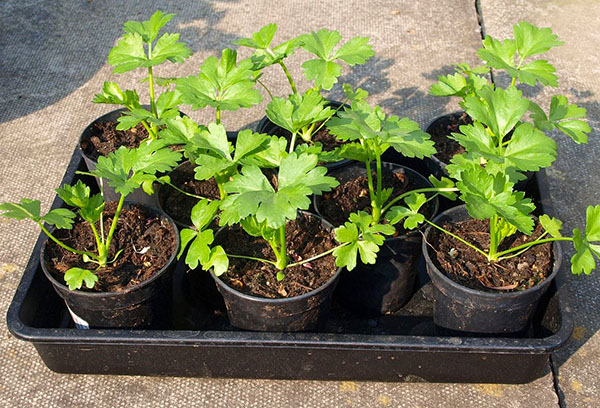
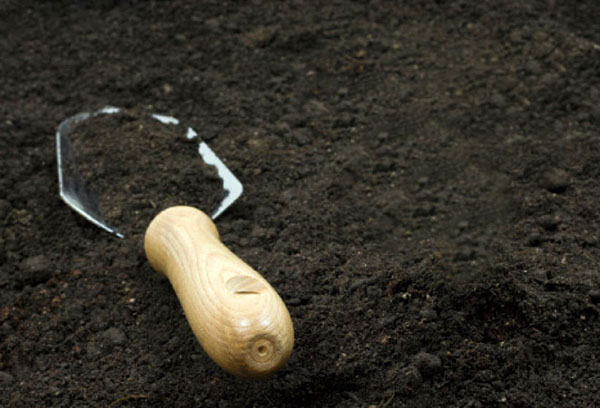
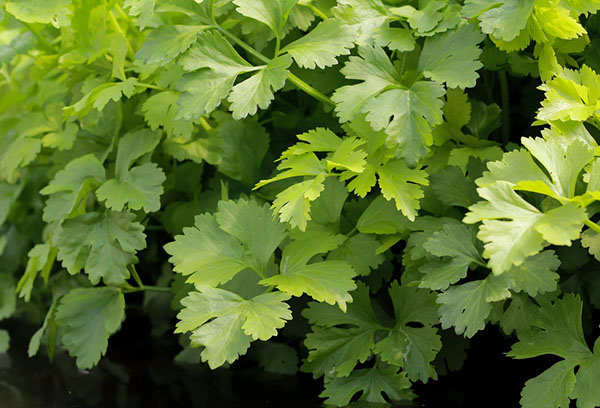
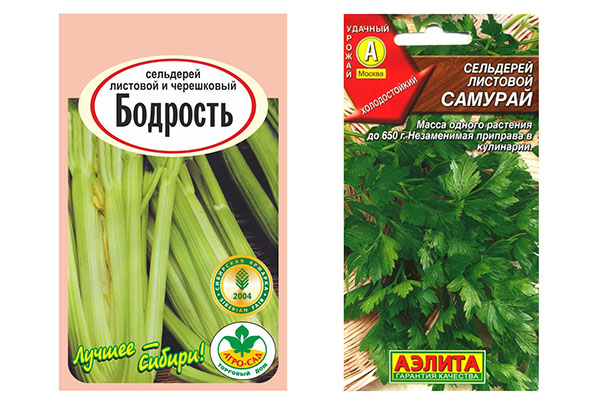
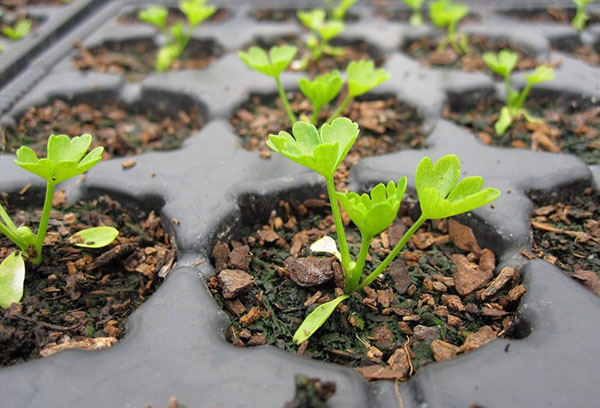
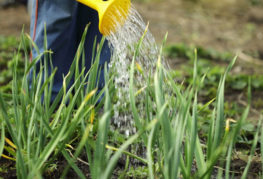
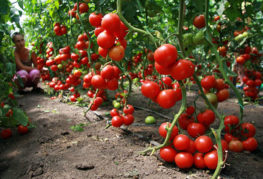
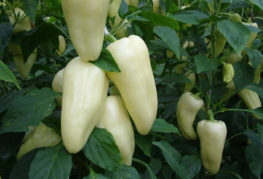

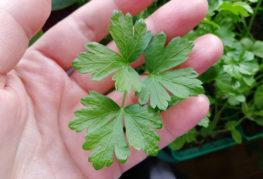
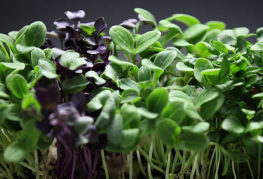
and will be published shortly.